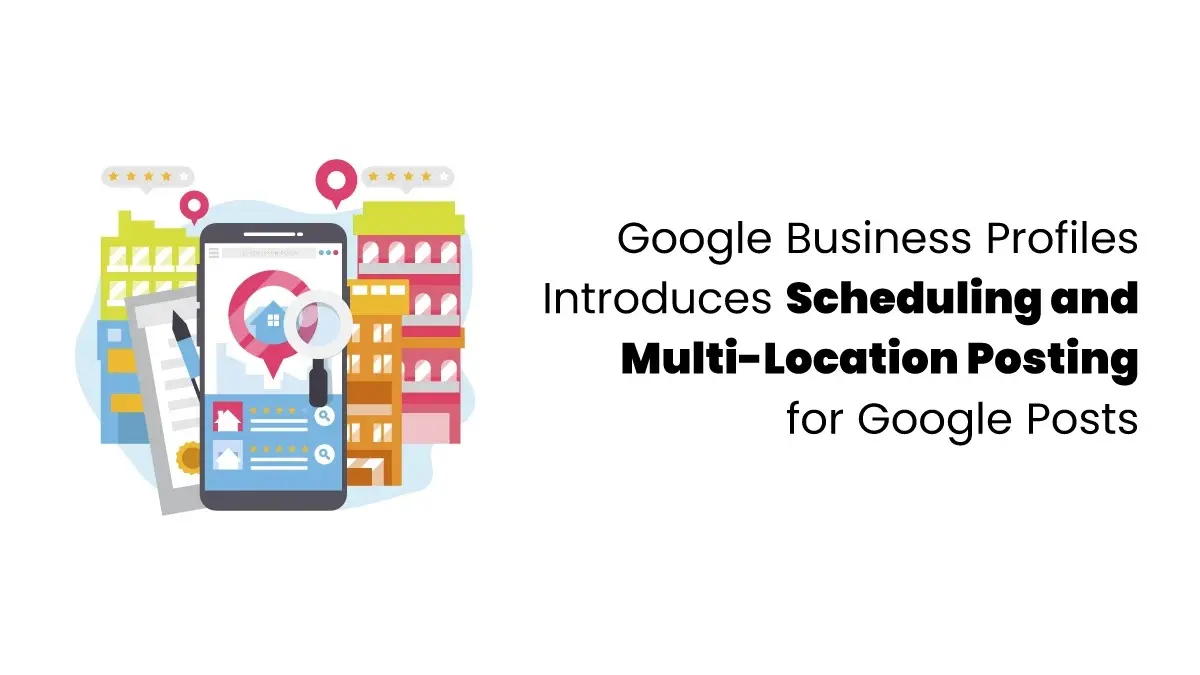Running successful ads is not about spending money; it’s about making wise choices. Most businesses make inevitable mistakes in paid advertising campaigns that may result in a waste of money. Marketing efforts will not see success if we are targeting the wrong audience. Understanding paid advertising campaign mistakes is better so businesses can refine tier strategies, improve engagement, and boost ROI. Advertisers can create more effective campaigns if they know what should be avoided.
Reaching the Wrong Audience
One of the most common mistakes in paid advertising campaigns is reaching the wrong audience. Ads that show up for people who don’t care are a waste of money since these people won’t click. To avoid this, know who you’re trying to reach. Ad platforms let you target specific groups based on age, interests, and online activity, so use those options. Always try to monitor your ad data and change your targets accordingly to get appropriate results and more sales.
Running the Same Ads Too Long
Sticking with the same ads forever is a bad idea. People get tired of repeatedly seeing the same stuff and then just tune it out. That means less interest and wasted money. To keep ads that work, change up the pictures and add new discounts. Change up your ads to see what clicks with people. It’s a good way to keep things interesting and hit the right audience.
Weak or No Call-to-Action
If your ad doesn’t tell people what to do, it’s pointless. Your call to action must be prominent, like telling them to sign up or check something out. Otherwise, they won’t bother. Action words like “Shop Now” really do make a difference. Place the CTA in the ad and ensure it fits the message. Trying a few different CTAs can help you determine which gets the most clicks.
Ads Not Matching Customer Needs
If your Ads are not hitting the goal, narrowing down what you are trying to reach is always better. Get specific with who you are targeting and what they are about to ensure your ads are relevant. Write ad copy that has the power to grab attention by talking about how you can solve their problems. Keep your keywords and landing pages aligned with what people are searching for, making everything smooth and easy. Use what you know about your audience to personalize ads. And don’t forget to test different versions and keep an eye on how things are going so you can make things better.
Skipping A/B Testing
Skipping A/B testing? You’re likely throwing money away on ads that don’t work. You won’t know what titles or calls to action your audience prefers. You’re missing out on making things better. A/B testing lets you get targeting right, boost how many people take action, and get the most out of your money by finding out what works. Testing often helps you improve and ensures your campaigns match what customers want and what’s happening in the market.
Ignoring Competitor Strategies
Ignoring your rivals is not suitable for your business. You will miss growth opportunities, and your marketing may not be as good as you think. Checking out the competition will enable you to know what is happening in the market, find openings, and improve your plans to stay in the game. By continuous learning, you will better target ads, set prices, and get your message out there. Watching the competition keeps your marketing current and ensures you give customers what they want.
Not Considering Seasonal Changes
Failing to plan your marketing around the seasons could mean lost sales and wasted money. Since people’s needs change constantly, your ads should do so too. If you ignore trends, you might sell stuff no one wants. But if you time your marketing with things like back-to-school season or Christmas, you can increase sales and stay competitive.
Using Low-Quality Images or Videos
Using bad images or videos in your marketing can hurt your brand’s image. First impressions matter, and cheap-looking pictures can make people distrust you. Blurry or plain bad visuals are the worst because they won’t grab anyone’s attention. Good visuals make your site look better, build trust, and get people to click and buy. Investing in good images and videos ensures your ads are spot on, speak for themselves, and help people remember your product.
Not Optimizing for Different Locations
If you don’t target your marketing, you might lose potential customers and not get great results. People’s tastes differ based on where they live. They might speak other languages, shop differently, and have different cultures. All of this can change how they see your brand. If you treat everyone the same, your ads might not be interesting to them, and you could lose sales and chances to grow. But, if you change your material and offers, your ads will be more interesting in certain areas. This will make shoppers happier, and more locals will probably be interested. When you focus on location, your marketing will probably do better, meaning you get more value and better results.

Focusing Only On One Platform
Putting everything under one roof can limit your brand’s growth. Focusing on a single platform might seem more manageable, but there is a risk of losing potential customers elsewhere. Always remember that the strategy that worked on Facebook may not work on LinkedIn, Instagram, or Google Ads. Depending on one platform only is highly risky. Algorithms, Rules, and trends are changing daily, so we can’t predict who sees your content and how they react to it. If you use multiple platforms, You will get more reach, build a target audience, and gain trust for your brand. This process will yield you more customers and everlasting success.
Overlooking Landing Page Experience
Ads can get people to your site, but a bad landing page will send them packing without buying. Overlooking this can lead to wasted ad money and high bounce rates. If your page looks awful, loads slowly doesn’t match the ad, or is confusing, people will get annoyed and won’t buy anything. Ensure your landing page matches your ad, works on phones, loads fast, and tells visitors what to do next. If people have a good time on your page, they’re likelier to stick around and do what you want.
Ignoring Mobile Optimization
It’s a mistake to ignore phones for paid ads since most people browse on them. If your ads lead to a site that’s slow, hard to use or looks strange on phones, people will quickly leave. A good phone experience is key to getting people interested and converting them into buyers. Ensure your landing pages adapt to fit different screens, pictures, and words are sized correctly, and buttons are easy to tap. A great mobile experience makes users happier and improves your ad performance, giving you a better return on investment.
Not Testing Different Ad Formats
If you stick to just one ad style, you might miss out on reaching a bigger audience or grabbing their attention. People enjoy seeing ads in different formats – carousels, videos, or interactive elements. Mixing it up lets you catch more eyes. Testing various ads helps you find what people respond to, improve your strategy, sell more services, and get a better return on your investment.
Failing to Track and Analyze Performance
If you don’t keep an eye on your ad performance, you could be throwing money away and losing out on ways to improve them. Ignoring metrics like click-through rates, conversion rates, and cost per acquisition means you’re flying blind. Regular monitoring helps you target the right folks, tweak your bids, and create ads that resonate. Using tools like Google Analytics and ad platform data lets you make informed decisions based on real numbers so you can stretch your budget and boost ad performance.
Avoiding Mistakes in Paid Advertising Campaigns is very important for maximizing ROI and achieving target goals.Most of the people repeat these mistakes over and over again without having a clue that they are doing wrong.By addressing these Paid Advertising Campaign Mistakes businesses can indeed improve the performance of advertisements,enhance engagement, and drive better conversions. A strategic approach that includes testing, tracking, and refining ad strategies ensures long-term success in the competitive digital landscape.









